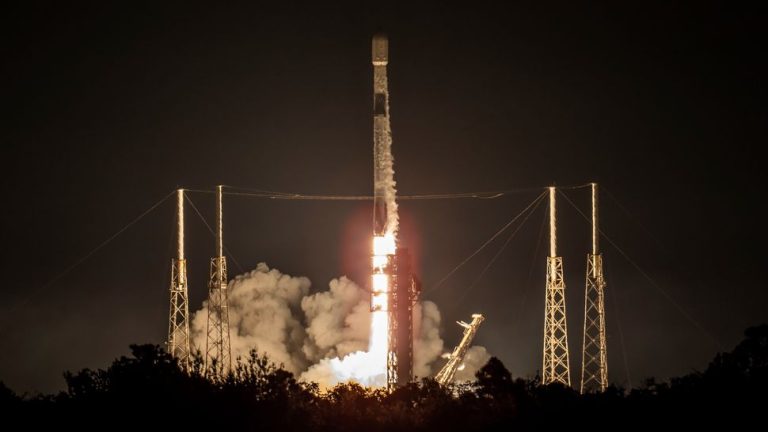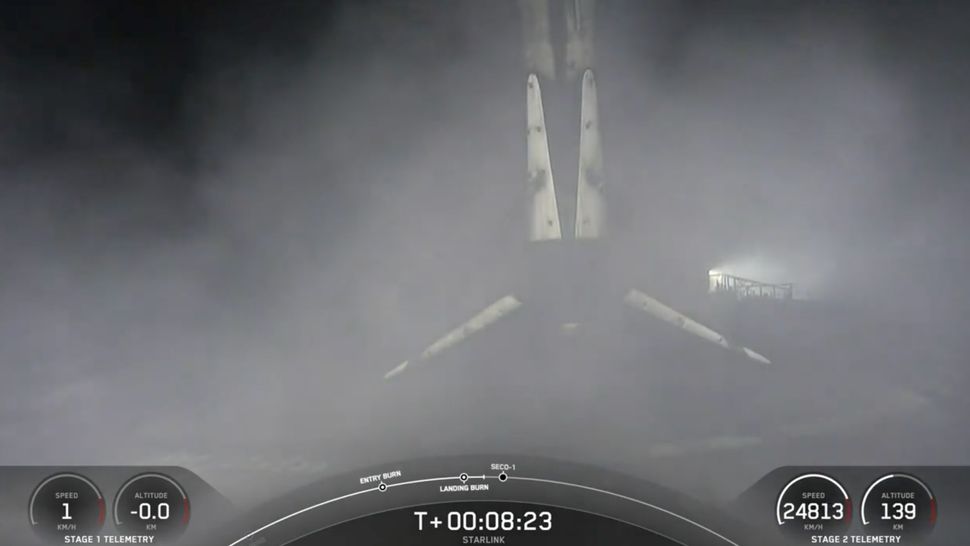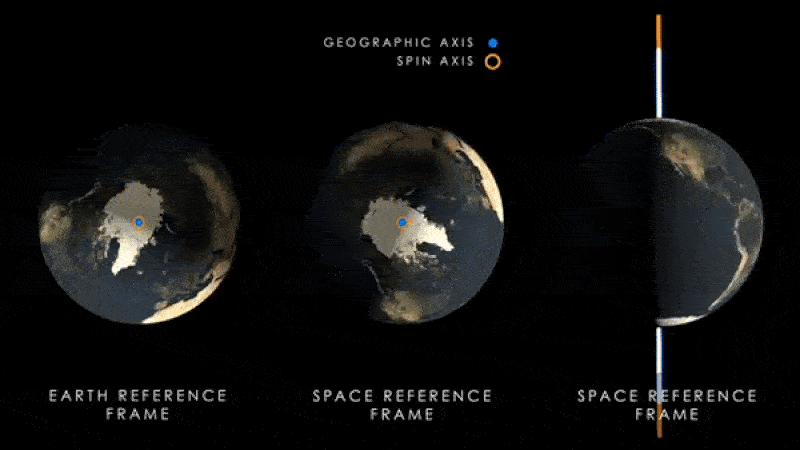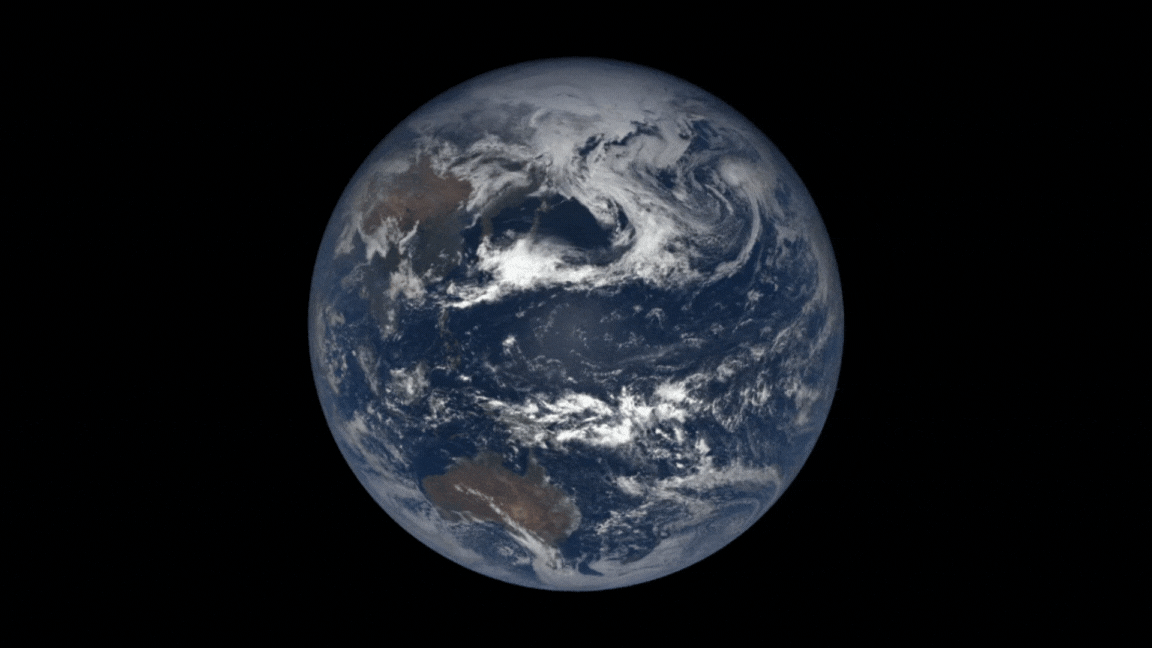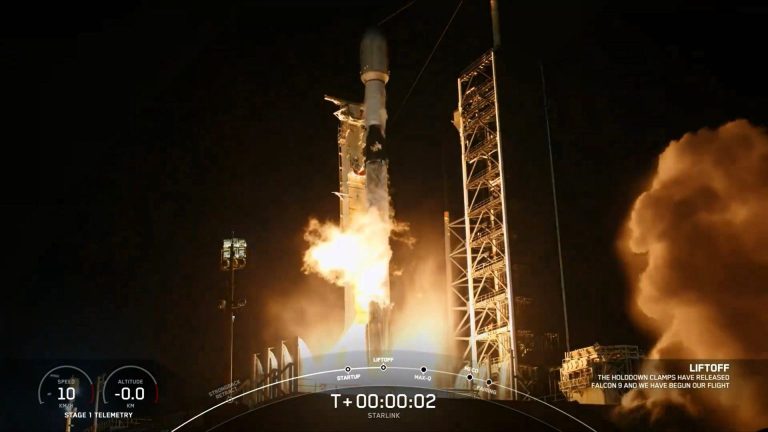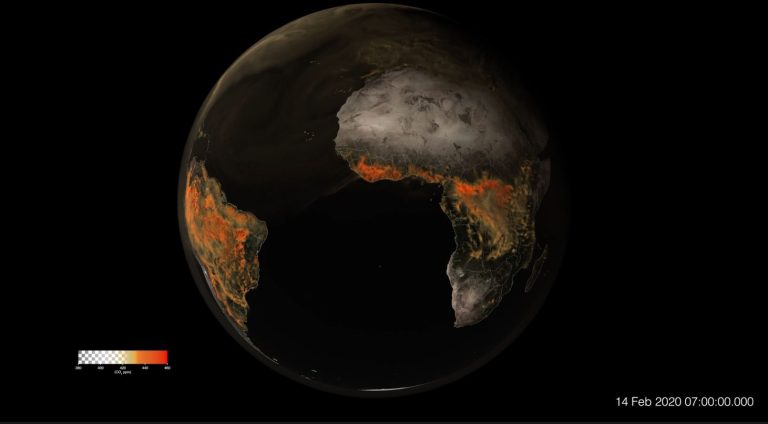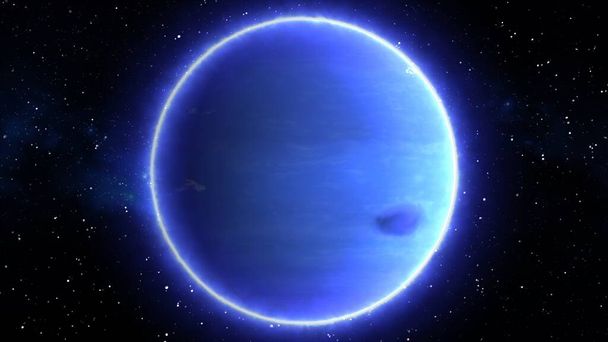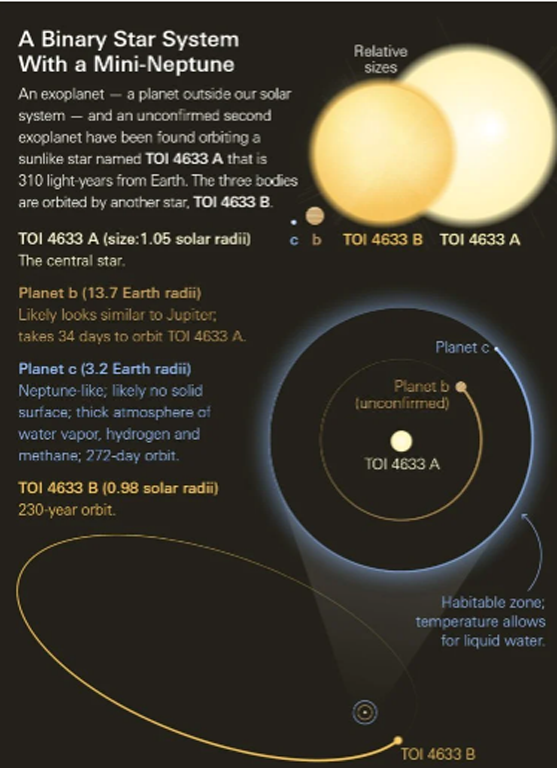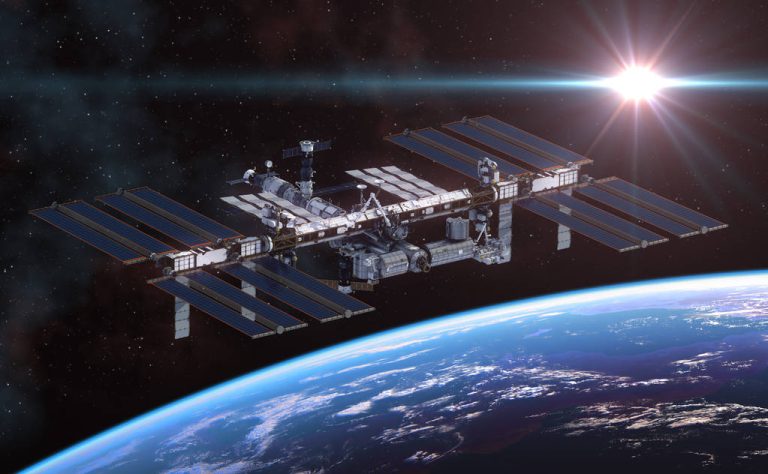Elon Musk’s SpaceX Ready for 5th Starship Test Flight
SpaceX is preparing for its fifth Starship test flight. Static fires were ignited at SpaceX’s Starbase facility in South Texas on July 26. Elon Musk anticipates the next flight in “four weeks.” Starship is the largest and most powerful rocket ever built. Starship’s four previous test flights have shown progressive improvements. NASA has selected Starship as its first crewed lunar lander for the Artemis program. SpaceX is exploring potential recovery and landing operations in Australia.
Summary
- SpaceX’s Starship: Biggest and most powerful rocket.
- Static Fires: Conducted on July 26, indicating imminent test flight.
- Elon Musk’s Statement: Anticipates next flight in four weeks.
- Starship Structure: Two stages – Starship spacecraft and Super Heavy booster.
- Reusability: Designed for full and rapid reuse.
- Previous Test Flights: Conducted in April 2023, November 2023, March 2024, and June 2024.
- Progressive Improvements: Each flight showing better results.
- NASA’s Artemis Program: Starship selected as the first crewed lunar lander.
- Australia Collaboration: Potential recovery and landing operations off Australia’s coast.
- Security Ties: Strengthening ties between the US and Australia.
- Static Fire Visuals: Stunning visuals of the Starship’s engines during static fire tests.
- SpaceX’s Future Plans: Expanding presence and capabilities globally.
The fourth flight of Starship brought us closer to a rapidly reusable future pic.twitter.com/maSky0Rsjy
— SpaceX (@SpaceX) July 4, 2024
Elon Musk’s SpaceX Ready for 5th Starship Test Flight
As SpaceX prepares for its fifth Starship test flight, the excitement and anticipation within the aerospace community are palpable. On July 26, 2024, SpaceX ignited the engines of its Starship spacecraft at the Starbase facility near Brownsville, South Texas. This crucial step brings SpaceX closer to another milestone in its ambitious space exploration agenda.
Static fires are a vital component of pre-launch preparations. They involve the brief ignition of the rocket’s engines while the vehicle remains securely anchored to a test pad. This allows engineers to assess engine performance and ensure everything is functioning correctly. On July 26, SpaceX conducted static fires with the 165-foot-tall Starship upper stage, reinforcing Elon Musk’s July 5 statement that the Starship will fly again “in four weeks.”
Starship: The Giant of Rockets
Standing nearly 400 feet tall when fully stacked, Starship is the largest and most powerful rocket ever built. It consists of two stages: the spacecraft Starship and the booster called Super Heavy. Both stages are designed to be fully and rapidly reusable, a revolutionary feature aimed at reducing the cost of space travel.
| Component | Height | Purpose |
|---|---|---|
| Starship | 165 feet | Spacecraft |
| Super Heavy | 230 feet | Booster |
Previous Test Flights
Starship has undergone four test flights so far, each demonstrating significant advancements:
- April 2023: The first flight showcased the basic flight capabilities of Starship.
- November 2023: Improvements in control and stability were evident.
- March 2024: The spacecraft reached space and successfully re-entered Earth’s atmosphere.
- June 2024: Both the Starship and Super Heavy achieved their respective mission goals, with Super Heavy hitting its splashdown target in the Gulf of Mexico.
Each test flight has brought spaceX closer to a fully operational reusable space system, showcasing the potential for a new era in space travel.
NASA’s Artemis Program: A Major Milestone
NASA has selected SpaceX’s Starship as the first crewed lunar lander for its Artemis program. This program aims to return humans to the moon and establish a sustainable presence. Starship’s power, size, and reusability make it an ideal candidate for this ambitious endeavor.
Expanding Horizons: Collaborations with Australia
In addition to its U.S.-based operations, SpaceX is exploring potential recovery and landing operations off the coast of Australia. This collaboration reflects the strengthening security ties between the United States and Australia. It also signifies a potential expansion of SpaceX’s global presence and capabilities.
Slow motion view of Flight 5 Starship’s six Raptor engines during static fire pic.twitter.com/5395Vmq2j4
— SpaceX (@SpaceX) July 27, 2024
Visuals and Updates: Engaging the Public
SpaceX has been proactive in engaging the public by sharing stunning visuals and updates of its test flights and preparations. For instance, the slow-motion view of Flight 5 Starship’s six Raptor engines during the static fire was widely appreciated on social media.
“The fourth flight of Starship brought us closer to a rapidly reusable future,” SpaceX tweeted on July 4, 2024, along with visuals from the test flight.
| Flight | Date | Outcome |
|---|---|---|
| Flight 1 | April 2023 | Basic flight capabilities demonstrated |
| Flight 2 | November 2023 | Improved control and stability |
| Flight 3 | March 2024 | Reached space and successfully re-entered atmosphere |
| Flight 4 | June 2024 | Achieved mission goals, Super Heavy splashdown success |
Hashtags
#SpaceX, #Starship, #ElonMusk, #SpaceExploration, #NASA, #ArtemisProgram, #RocketScience, #SpaceTravel, #ReusableRockets, #FutureOfSpace


